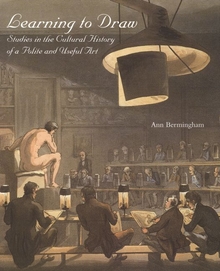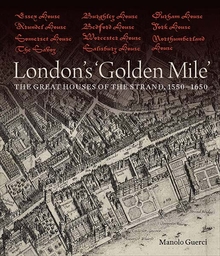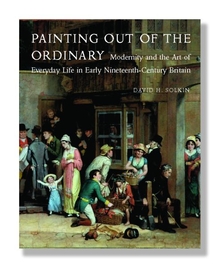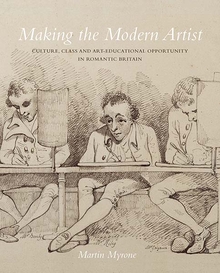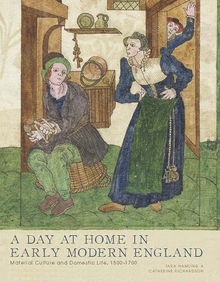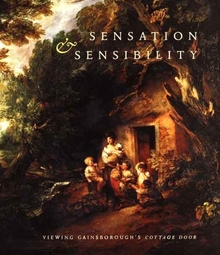Learning to Draw
WARNING
You are viewing an older version of the Yalebooks website. Please visit out new website with more updated information and a better user experience: https://www.yalebooks.com
Studies in the Cultural History of a Polite and Useful Art
Ann Bermingham

Read this book online via the A&AePortal, our art and architectural history eBook platform. To learn more about how to access this book, please contact us.
Out of Print
The book examines how drawing intersected with a wide range of social phenomena, from political absolutism, writing, empirical science, and Enlightenment pedagogy to nationalism, industrialism, tourism, bourgeois gentility, and religious instruction. Bermingham discusses the central role of drawing and the visual arts in Renaissance debates about government and self-government, then considers the relations between seventeenth-century drawing, natural science, and the masculine ideal of the honest gentleman. She also investigates landscape drawing in the context of eighteenth-century views on sensibility; the emergence of the amateur draftsman and the accomplished woman; and the commercialization of amateur drawing in the nineteenth century. The book concludes with a discussion of the impact of photography on the social practice of drawing.
Published for the Paul Mellon Centre for Studies in British Art
"A well illustrated book exploring the historical significance of drawing in England from the age of Elizabeth I to the era of early photography."—Design Issues
“Bermingham presents a complex social environment of amateur drawing in England. Despite her modest statement that this is by no means a comprehensive study, she explores many aspects of her subject that will probably be unfamiliar to most readers. . . . Because of its highly detailed, scholarly writing, this book is recommended as most useful for university-level art history collections.”—Library Journal
“A cornerstone in the construction of a new discipline which investigates drawing as both practice and discourse.”—Deanna Petherbridge, The Guardian
“Once in a while something really new does appear from the labors of academic research! This big book is truly original, densely argued, handsomely written, intellectually and socially perceptive, and very important; it deserves a spot in every library. All levels.”—Choice
“Ann Bermingham’s eagerly awaited new book, Learning to Draw, is about much more than the development of drawing practices. . . . Excellent book.”—Kay Dian Kriz, CAA Reviews
“Bermingham has provided a fascinating and complex analysis of amateur drawing as a cultural production reflective of larger social phenomena.”—Deanna Petherbridge, The Guardian
“[A] commodious and fascinating book. . . . A work of ambition and wit.”—Keith Miller, Times Literary Supplement
“Learning to Draw is a book of impressive scope. . . . Bermingham’s story is an important and interesting one, which ultimately provides a new understanding of the social meanings attached to drawing.”—Diana Donald, Burlington Magazine
“[A] complex and richly detailed book. . . . The beautiful illustrations and the production values of this long and fascinating book are praiseworthy. . . . Meticulously footnoted and researched, Learning to Draw will remain a milestone in the study of this medium and also in the field of gender, art history, and cultural studies. . . . Berminghams’s painstaking research, summarization of other scholars’ contributions on this topic, wealth of knowledge, and deep perspective on her subject make this book indispensable to anyone who studies British culture.”—Katherine Hart, Visual Resources
“Lavishly illustrated. . . . The quality of the illustrations is consistently high. . . . An exemplary book—intelligent, clearly written, fresh in perception and often profound in insight. It deserves to have a wide audience, and its readership should include everyone who is interested in understanding the visual and cultural context of early photography—particularly travel photography.”—Graham Smith, History of Photography
Publication Date: March 11, 2000
Publishing Partner: Published for the Paul Mellon Centre for Studies in British Art
180 b/w + 120 color illus.

